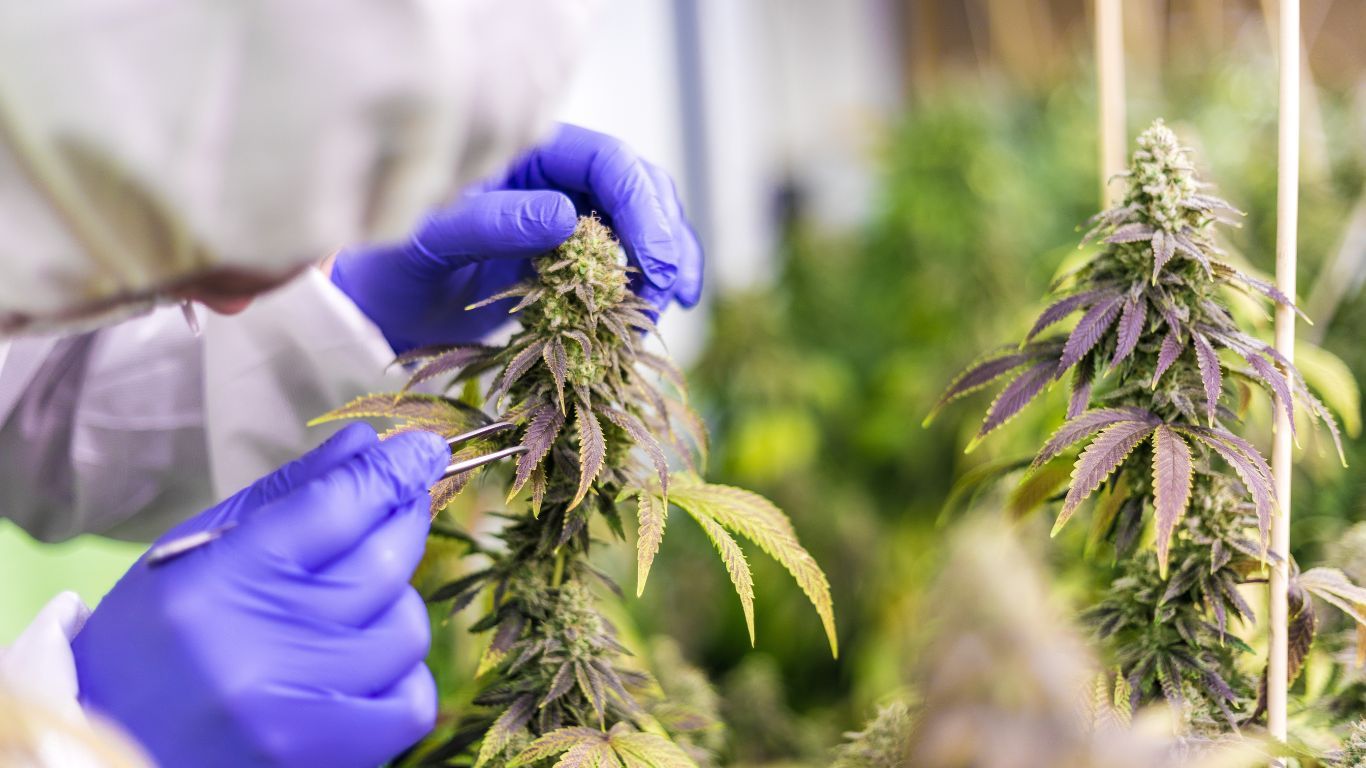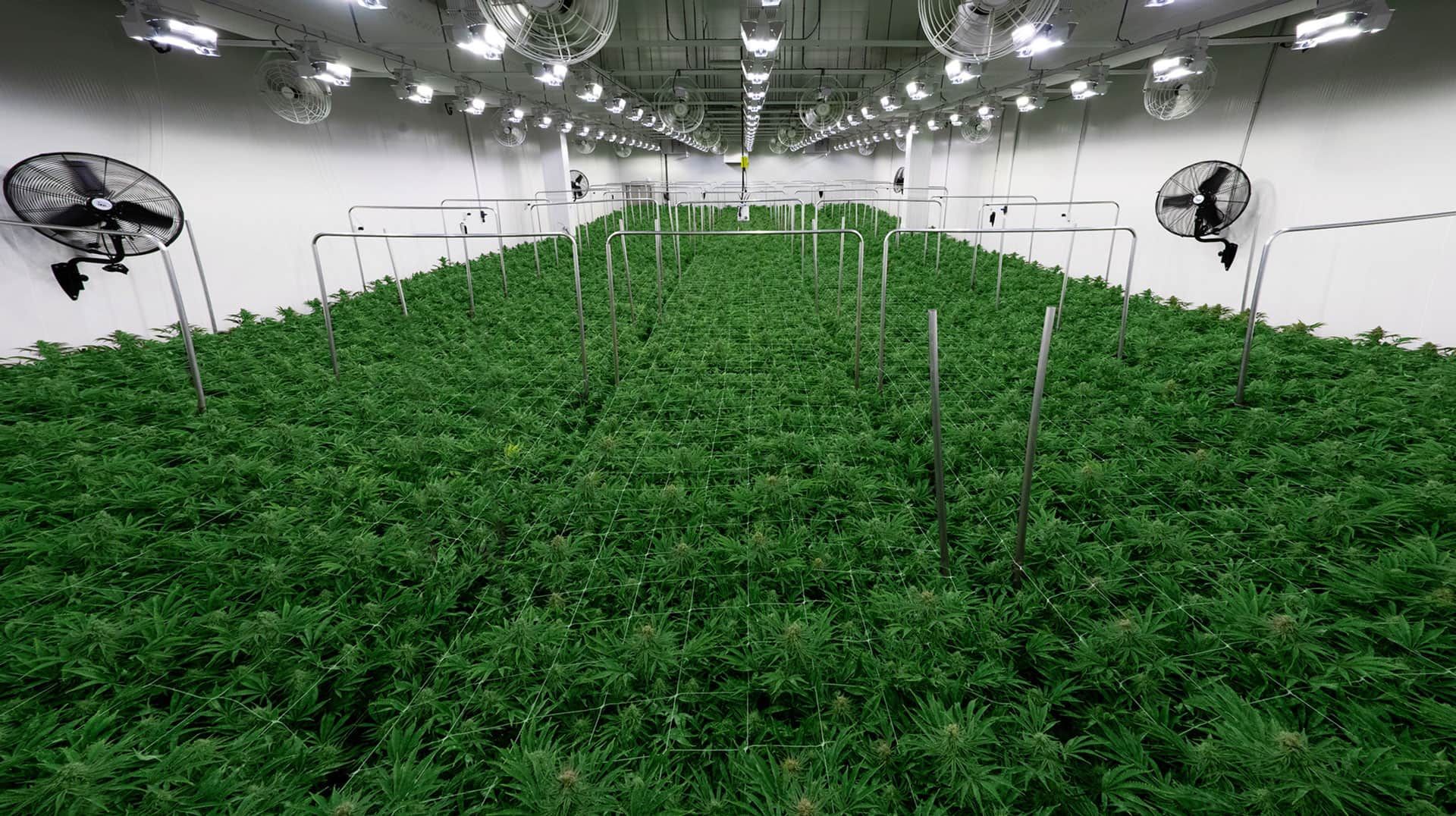
Driving under the influence of any substance is a concern. Be it cannabis, alcohol or any other substance; there is a legitimate worry that even just a few consumers partaking can result in horrifying outcomes. With cannabis legalization spreading across the globe, the marijuana-based DUIs are a concern for many. However, evidence suggests that conclusive evidence has yet to be established.
The issue remains contentious in both Canada and the U.S. In Canada, youth driving was a particular concern in a September 2020 report from the Canadian Automobile Association, which reported that one in five 18 to 24-year-olds in Canada have driven high or rode with someone who was. The figure totals over half a million Canadians.
The figures are troubling in America as well. The U.S. Center for Disease Control (CDC) found that roughly 12 million drivers aged 16 and over reported driving under the influence. Of those, 2.3 million said they also drove under the influence of additional illicit drugs in the past year.
Meanwhile, others don’t seem to think that driving while high is much of an issue. In Arizona, a state which will vote on adult use legalization this November, a survey of over 3,200 drivers found that 27% of drivers don’t view marijuana-based DUIs as a crime. The figure joins additional figures, like the U.S. Center for Disease Control’s 2019 determination that millions of Americans were partaking in the dangerous practice.
Legal experts tell StratCann that the issue is one that will continue to be a point of concern, especially in the U.S., where access is growing as states approve cannabis laws.
“One thing we’re absolutely certain of is that marijuana use impairs mental cognition, which means it impairs your ability to drive,” said Marc Lamber, an attorney from Fennemore Craig in Phoenix, Arizona.
While few would argue that THC produces psychoactive effects that may alter driving, not all lab findings support the stance. Studies both in the U.S. and Canada have led to doubt to some degree. A 2017 study of Colorado and Washington State found that motor vehicle fatality rates did not differ significantly in the first three years of legalization. In 2019, an analysis of 3,005 non-fatally injured drivers at a B.C. area trauma center found no evidence of crash risks increasing with THC.
Some sources say that with findings inconclusive at this time, the subject is likely to only ramp up. Increased legalization in the States is likely to boost the subject.
“It is an emergent issue, one that will only grow as more states legalize marijuana, whether medical or recreational,” said Gustavo Mayen, a Massachusetts-based attorney. Mayen predicted that the issue could be that much more of an emerging topic if cases make headlines in the media.
Others, such as Ivy Summer, an industry representative for California’s ECO Cannabis and marijuana-centric wedding planner, note that driving under the influence is a concern while relating it to similar issues.
Summer said, “While we haven’t seen [cannabis DUIs] become an issue comparable to drunk driving in America today, there’s a study that found the risk of involvement in a motor vehicle accident increases approximately two-fold after cannabis smoking.”
Efforts Taken To Address Impaired Driving
Concern has been met with action of some sort in recent years.
Canada passed impaired driving laws along with its adult use regulations in 2018. However, arguments push back on the rules, saying they violate citizens’ rights in several ways. Among the points raised are concerns over what justifies a search and worries that the country’s three types of offenses and legal limits can be arbitrary.
In 2019, Vice’s Toronto-based Senior Editor Manisha Krishnan put the regulations to the test. Vaping cannabis and undergoing a police-administered examination, Krishnan didn’t come close to the legal limit during the trial.
“The results showed that 30 minutes after vaping, I had 0.5 ng of THC per ml of blood level, which is four times below the legal limit of 2 ng per ml of blood, even though I felt too high to drive,” the journalist wrote.
Krishnan’s simulated experience involved several tests along the way, including a blood and standard field sobriety test. Administered by a former police officer, Krishnan went through a series of tests that assessed eye gaze, balance and coordination, among others.
Deemed to have failed the test, she was given the option to have her blood taken or enter into a comprehensive evaluation, if this were a real scenario. Conducted by a drug recognition specialist, the accused will be interviewed, asked to perform the previous test tasks once again, have vitals taken, and undergo an exam of their body for any other concerning signs.
The U.S. once again has a more fragmented system. “Unlike the laws for drunk driving, those that address drugged driving are nuanced, difficult to enforce and prosecute, and vary substantially by state,” stated a Governors Highway Safety Administration online fact sheet.
While each Canadian province can include its laws, federal regulations stipulate the broad parameters. That isn’t the case in America, where several states ban any measure of drugs in a person’s system, while others set limits like they would with alcohol. In states where limitations have been established, law enforcement tends to follow one of two paths. While some states use chemical testing and per se parameters, others opt to focus on Drug Recognition Experts like what occurred during the second half of the Canadian impaired driving simulation.
Additional Attempts To Educate The Public
Additional lab studies are needed to produce definitive answers. In the meantime, some efforts have been launched to address the possible concern.
Hopes for a DUI-type breathalyzer have come about in recent years. However, nothing has materialized just yet. Beyond better assessment tools, legal minds like Fennemore Craig’s Lamber are calling for additional education and prevention as key change agents.
“More education needs to be done to dispel the myth that marijuana does not affect a person’s ability to drive safely – because it does,” said Lamber, who would like to see more readily available information on product types and their potencies.
Lamber said that cannabis is in a position both nations have been in before. “This same myth existed for alcohol many years ago: “I drive better when I’m drunk,” he said.
While championing additional public education, Lamber also launched a “Buzz Kill” pledge to get youth to abstain from impaired driving while asking parents to talk to their kids about the dangers.
Attorney Mayen said that a growing number of jurisdictions are using tax dollars to educate law enforcement of marijuana-based impaired driving signs. As such, he did not assess if an adequate amount of effort was being undertaken in the U.S. at this time. Though, he did advocate for additional education around the matter and concerning the ongoing stigma around cannabis use.












